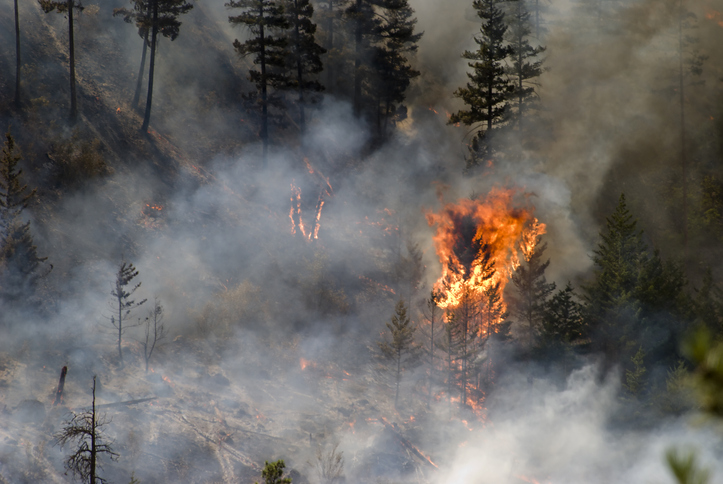Honouring the Fallen While Confronting the Perils of Canadian Wildfires: Understanding the Risks Firefighters Face
We begin this exploration of the dangers facing firefighters in Canada’s wildfire-ravaged landscapes with a heartfelt tribute to two of our bravest, who recently fell in the line of duty. Devyn Gale, a 19-year-old firefighter from Revelstoke, British Columbia, tragically lost her life to a falling tree while battling a wildfire near her hometown. Another firefighter from the Northwest Territories has also tragically passed away, though the circumstances of their death have not yet been disclosed. Though neither firefighter was a member of our Union of Canadian Transportation Employees, we represent many firefighters across Canada and stand in solidarity with our sisters and brothers on the front lines. Our condolences go out to their friends, families, and fellow firefighters during difficult times.
The risks these brave individuals faced are immense and multifaceted.
Physical Risks: Extreme Heat and Rapid Fire Spread
Firefighters are often confronted with the extreme heat and rapid spread of wildfires. The temperature at the heart of a wildfire can exceed 800 degrees Celsius (1,472 degrees Fahrenheit), potentially causing lethal burns and heatstroke. The unpredictable nature of wildfires, driven by wind changes and ‘fire whirls,’ can lead to entrapments and further jeopardize firefighter safety.
Environmental Hazards: Difficult Terrain and Remote Locations
Wildfires frequently occur in remote and inaccessible areas of Canada’s diverse landscapes. The steep, uneven terrain can precipitate accidents and injuries and delay the response to the fire, allowing it to grow and spread. Dense smoke reduces visibility and can disorient firefighters, complicating their navigation and aggravating respiratory conditions.
Health Risks: Smoke Inhalation and Long-Term Health Effects
Smoke inhalation presents a significant health hazard to firefighters. Immediate effects include coughing, difficulty breathing, and eye irritation. Prolonged exposure can result in chronic health conditions such as heart and lung diseases. Firefighters also risk heat stress from working in hot environments for extended periods, especially while wearing heavy protective gear.
Mental Health Concerns: High-Stress Environments and PTSD
Firefighting, especially in a wildfire, creates high-stress environments, leading to mental health issues such as anxiety, depression, and post-traumatic stress disorder (PTSD). The isolation from family and society during extended firefighting campaigns can exacerbate these issues.
In conclusion, the brave women and men who face the blazing frontlines of Canada’s wildfires confront an array of substantial risks, ranging from the physical perils of the fires themselves to the often-overlooked mental health burdens they bear. Awareness and understanding of these dangers is the first step towards improved training, better protective gear, and developing policies to safeguard our firefighters’ health and wellbeing.
In the face of these stark realities, we want to take a moment to honour once again Devyn Gale and the fallen firefighter from the Northwest Territories. Their courage and dedication to their communities are an inspiration to all Canadians. They remind us of the human toll of these fires, and their sacrifices strengthen our resolve to protect and support those who, like them, risk their lives for our safety.
